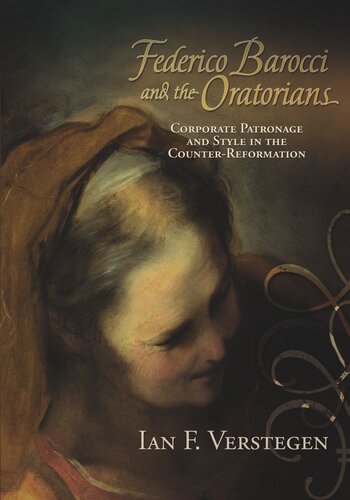

Most ebook files are in PDF format, so you can easily read them using various software such as Foxit Reader or directly on the Google Chrome browser.
Some ebook files are released by publishers in other formats such as .awz, .mobi, .epub, .fb2, etc. You may need to install specific software to read these formats on mobile/PC, such as Calibre.
Please read the tutorial at this link: https://ebookbell.com/faq
We offer FREE conversion to the popular formats you request; however, this may take some time. Therefore, right after payment, please email us, and we will try to provide the service as quickly as possible.
For some exceptional file formats or broken links (if any), please refrain from opening any disputes. Instead, email us first, and we will try to assist within a maximum of 6 hours.
EbookBell Team

4.1
100 reviewsIn 1586, Federico Barocci delivered his Visitation of the Virgin and St. Elizabeth to the Chiesa Nuova in Rome. For the next quarter century, Barocci dominated the art scene in Rome; there was no other artist from whom it was harder to get work and no other artist charged such high prices. Having two important altarpieces in the Chiesa Nuova and two additional commissions discussed was an impressive feat for an artist living exclusively in Urbino. Why did the Oratorians monopolize Barocci’s talents in Rome and why does it seem that Barocci was their first choice when considering artists to decorate their church? What was it about Barocci’s art that appealed to Oratorian sensibilities and their vision of the artistic program for decoration of their church?
This book examines the relationship between Barocci and the Congregation of the Oratory, arguing for a distinct physiognomy of Oratorian patronage and exposing the function the Oratorians expected of religious imagery in contrast to other groups of their time. While explaining Oratorian patronage, it thus deals with a thorny question in social science: how can a collective body have unified intentions and actions? The result is a contribution both to the history of Italian painting and to art historical methodology.